Various Types of Fly Fishing Haul Casting Techniques

Learn about the various types of fly fishing haul casting techniques. There are advantages and disadvantages of each type of technique. Some of these include the water haul, double haul, and triple haul.
FLY FISHING HAUL CASTING TECHNIQUES
These are the different types of haul casting techniques you can use the next time you go fly fishing.
THE WATER HAUL CASTING
You should never allow a weighted fly to sink too deep or sit on the water for too long.
The water haul is a type of fly fishing technique that's commonly used in windy conditions. This type of casting increases the velocity behind the fly to enable it to go further.
Before you start casting the second haul, allow your back cast to fall behind you. As the forward cast continues, the tension generated by the line pulling off the water will increase the weight of the fly rod. The fly rod will then straighten out at the end of the stroke, allowing you to shoot for extra speed.
The weight of the line can also help push the line over in the wind. This technique can be used when the aerial back cast is over, or it can be used when you're casting across the water. Some fly fishing enthusiasts use this method when they're fighting wind from the casting-arm side. This is a risky technique, especially if you're planning on doing it backward.
TRY DOUBLE HAUL FLY FISHING
The tip of the fly rod should be near the water, and the line should be near the stripping guide. Begin the back cast with all of the slack taken in.
The double haul is also referred to as a wind-casting technique and a distance fly fishing technique. Begin casting the line out into the water.
The purpose of this technique is to sweep the fly rod back to the one-o'clock position while simultaneously pulling the line with the fly line hand. This allows you to accelerate the back cast and lift the line off the water. You can also increase the speed and force behind the back cast with this technique.
For added power-stroke extension, add some "body English" to your back cast as it straightens behind you. As the line moves back toward the stripping guide, keep your hand near it.
To lengthen the power stroke of your next forward cast, increase the amount of body English you're leaning back. Doing this will help you attain more power and altitude while casting in the wind. It's also beneficial to check if you're getting enough power and altitude to straighten your back cast.
The goal of your forward cast is to bring you from a leaning-back start to a leaning-forward delivery. As you start coming forward, forcefully "haul" the line down and back up near the stripping guide, ensuring that it's in the right position.
The last movement of your forward cast should also be accompanied by a strong wrist thrust, which will help drive the line out on a fast trajectory. Before the final delivery, make sure that your fly rod is fully loaded with power advantage graphite.
If you're planning on casting short to medium-distance into a head wind, your forward cast should be low. If you're casting with a tail wind, or if you're casting longer distances, the forward cast should be slightly upward.
TRIPLE-HAUL CAST
The third haul will help speed up your presentation and allow you to land the fish on target. Without this, your fly line may not extend properly, and it can blow off as it turns over. With the third haul, you can force the fly to quickly sink to the water to prevent it from getting blown off.
The triple haul is the same as the double haul, except that you'll be pulling the line back once more. After completing your second haul, do this again by placing your line hand near the stripping guide. Doing this will allow you to keep the line parallel to the strip.
Article refer:
1.Basic Fly Casting Techniques -Two Stroke Casting
2.Various Types of Fly Fishing Haul Casting Techniques
3.Some Roll Casting Technique For Beginner
4 tips for beginner musky anglers
5.Favorite Fly Patterns for Lakes
6.Can You Fly Fish in Windy Conditions? (7 Tips to Cast in Wind)
7.What equipment is needed for fly fishing for sockeye salmon?
8.How to prepare fly fishing gear for striped bass?
9.The Five Stages of Fly Fishing
10.Flying gear: six fishermen necessities
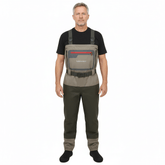

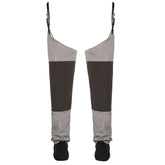
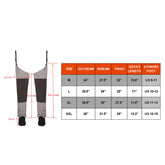
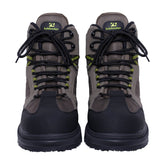
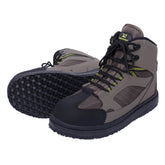
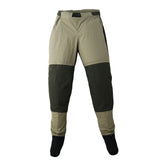

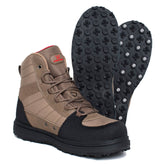
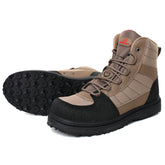
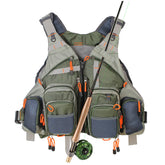

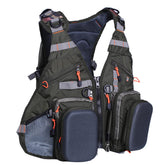
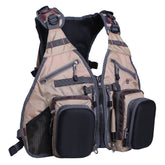
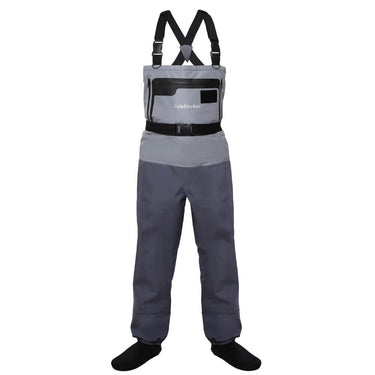
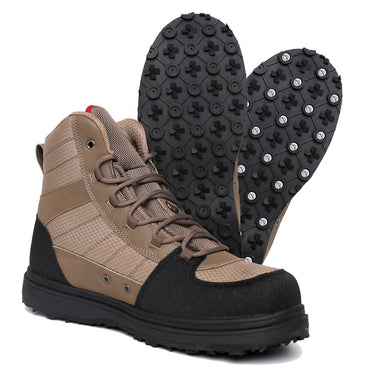

Leave a comment
Please note, comments need to be approved before they are published.